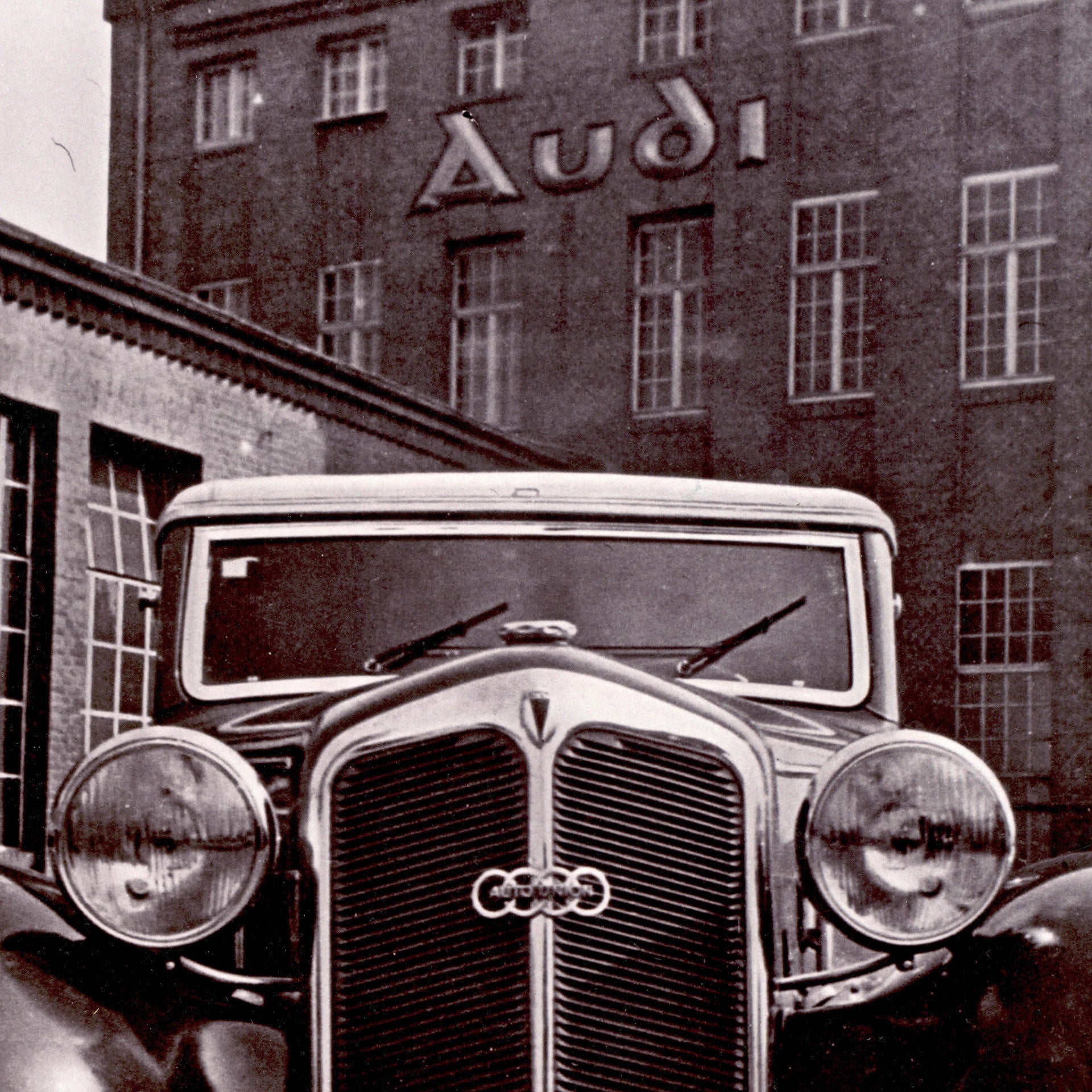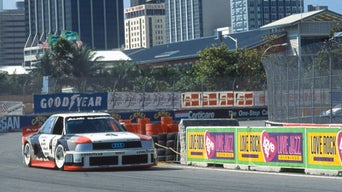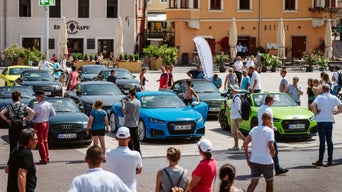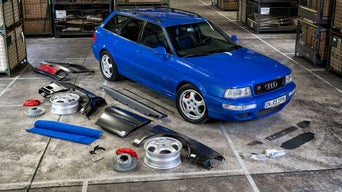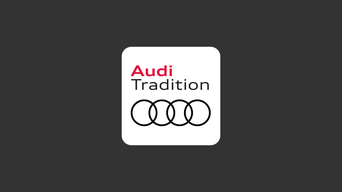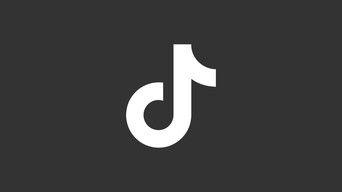
Audi Tradition
Audi can look back on over 100 years of history. To this day, the company’s identity is defined by a passion for innovation and the courage to embrace change. Audi Tradition keeps this extraordinary history alive – so that it remains visible, tangible and accessible to all.
History
Here you can find interesting information about the fascinating development of Audi, the most important milestones in its history, as well as its products and greatest successes
Experience Audi Tradition
The primary task of Audi Tradition is to keep the history of Audi alive. Exhibitions, events and a host of other activities offer excellent opportunities to experience the Audi tradition.
